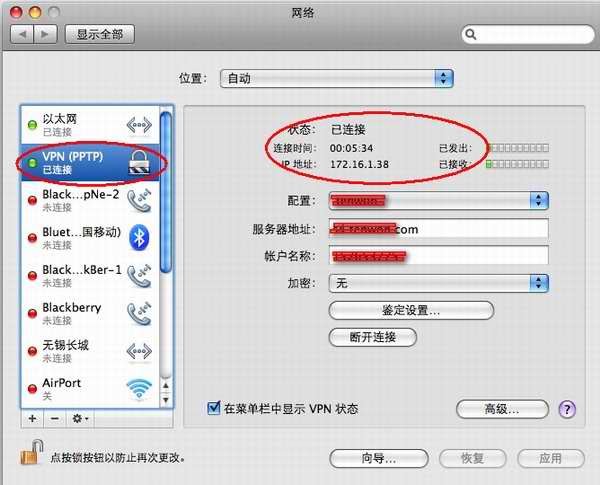
Nearly every time you use DHCP, the firewall with either lease you an address from a ‘pool’ of VPN addresses, or broker the connection, and use your internal DHCP server. Follow these steps to establish a tunnel connection to an Open VPN server. If they don’t know, tell them to run ‘more system:running-config’ on the firewall and give you the shared secret and ‘group-policy’/’tunnel-group’ name for this remote VPN > OK. On this page: Advanced settings Firewall Inseego Connect LAN MAC Filter Manual. Your firewall admin should give these to you. Here you need to supply the ‘shared secret’ for the VPN tunnel, and the Group Name. VPN port forwarding enables incoming data to get around your NAT firewall. It does support DDNS but means the server that leases you your public address is supposed to update your DNS for you, and unless you are your own ISP, and you host your own public DNS records, this wont work! Windows 2000, Windows XP, Vista, Windows 7, Windows 8 and MAC OSX are all. The ASA DOES NOT support DNS updates to online services like DynDNS or No-IP etc. *For DNS you will need a static public IP, and a registered domain name. Server address is the public IP, (or name if you have DNS setup*) of your Cisco Firewall > Enter your VPN username > I don’t put in the password, so I will have to type in in manually > Click Authentication Settings. Open your network preferences and add in a new connection > Interface = VPN > VPN Type = Cisco IPSec > Service Name = A sensible name you will recognise, (like connection to work, or home etc.) (tip: if doing this limit your vnc server application to only accept connections from localhost, or at least disable port forwarding for port 5900 on your router) Personally I feel that two layers of encryption is better than one, and an SSH tunnel removes requirements for port forwarding so increases security there too. I’m assuming you have already configured the firewall, if not see the article below Ĭisco ASA5500 Client IPSEC VPN Access Solution

But modern versions of OSX have the Cisco IPSec VPN client built into them.
#OPENM PORTS FOR MAC VPN FOR MAC OSX#
There is/was a VPN client for Mac OSX which you can still download.

Here we are dealing with the older IPSEC VPN method of remote VPNs, NOT An圜onnect.


 0 kommentar(er)
0 kommentar(er)
